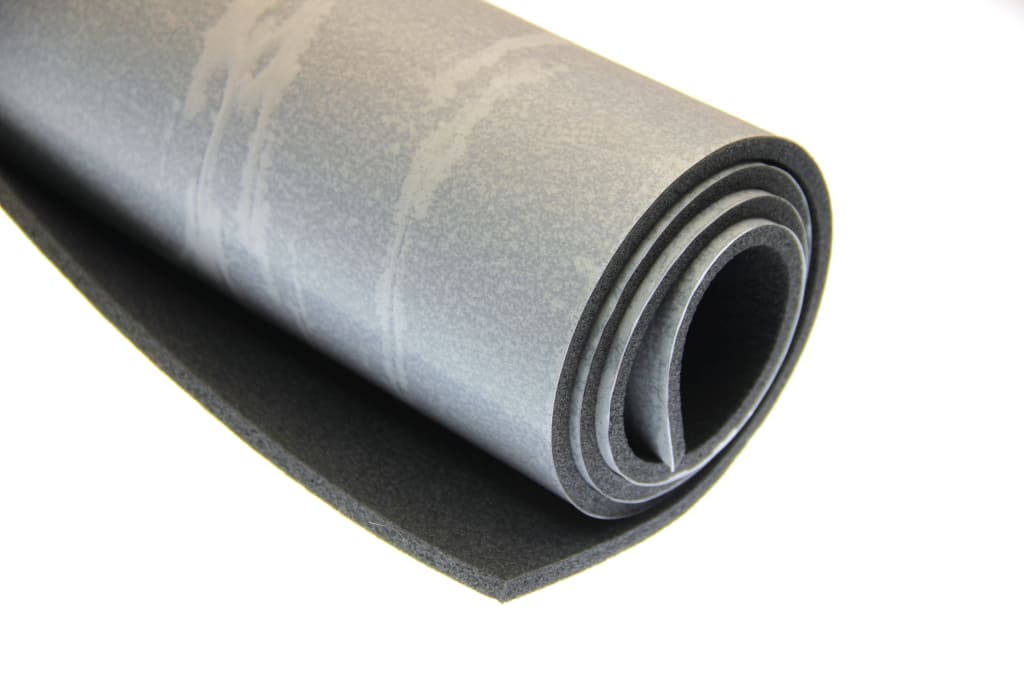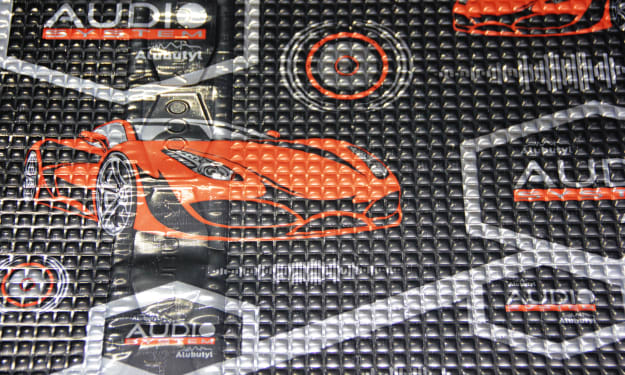Tips on noise isolation
Enhancing Noise and Vibration Isolation in Cars: A Comprehensive Guide

### Useful Tips on Noise Isolation and Vibration Isolation of Cars
Noise and vibration isolation in cars is essential for a comfortable and quiet driving experience. Excessive noise and vibrations can be not only annoying but also fatiguing during long drives. Fortunately, there are several methods and techniques to reduce noise and vibration levels in your vehicle effectively. Here are some useful tips to help you achieve a quieter and smoother ride.
#### 1. Understanding the Sources of Noise and Vibrations
Before implementing noise and vibration isolation techniques, it's crucial to identify the primary sources:
- **Engine Noise:** This is often the most significant source of noise, especially in older vehicles or those with powerful engines.
- **Road Noise:** The sound produced by the tires interacting with the road surface can be quite loud, particularly on rough or uneven roads.
- **Wind Noise:** This occurs due to air resistance and can be especially noticeable at higher speeds.
- **Vibrations:** These can come from various components such as the engine, transmission, and suspension.
#### 2. Insulating the Cabin
A well-insulated cabin can significantly reduce noise levels:
- **Sound Deadening Mats:** Install sound deadening mats on the floor, doors, and roof of your car. These mats are designed to absorb sound and reduce vibrations.
- **Foam Insulation:** Use foam insulation in cavities and panels to further dampen noise.
- **Weather Stripping:** Replace old or worn-out weather stripping around doors and windows to prevent wind noise from entering the cabin.
#### 3. Upgrading the Suspension
A smoother suspension system can reduce vibrations and improve overall ride quality:
- **Shock Absorbers:** Ensure your shock absorbers are in good condition. Consider upgrading to higher-quality or performance shocks if necessary.
- **Suspension Bushings:** Replace worn-out bushings with new ones made from materials designed to dampen vibrations.
- **Tires:** Choose tires designed for a quieter ride. These often have specialized tread patterns and rubber compounds that minimize road noise.
#### 4. Engine Compartment Insulation
Isolating the engine compartment can reduce engine noise:
- **Hood Liners:** Install a hood liner made of sound-absorbing materials to reduce engine noise from entering the cabin.
- **Engine Covers:** Consider adding or upgrading the engine cover to further isolate noise.
#### 5. Exhaust System Modifications
The exhaust system can be a significant source of noise:
- **Mufflers:** Upgrade to a high-performance muffler designed to reduce noise without sacrificing performance.
- **Exhaust Insulation:** Wrap the exhaust pipes with heat-resistant insulation to dampen noise.
#### 6. Addressing Wind Noise
Reducing wind noise can significantly improve cabin quietness:
- **Aerodynamic Enhancements:** Add aerodynamic enhancements such as wind deflectors to reduce air resistance and associated noise.
- **Seal Gaps:** Ensure all gaps around doors, windows, and the windshield are properly sealed.
#### 7. Interior Modifications
Simple interior modifications can also help in noise reduction:
- **Carpets and Floor Mats:** Use thick carpets and floor mats to absorb sound.
- **Seat Covers:** Opt for seat covers made from sound-absorbing materials.
#### 8. Regular Maintenance
Regular maintenance can prevent noise and vibrations from developing or worsening:
- **Lubrication:** Ensure all moving parts are well-lubricated to prevent squeaks and rattles.
- **Tighten Loose Components:** Check for and tighten any loose components that could cause rattling.
#### 9. Advanced Solutions
For those looking for more advanced solutions, consider the following:
- **Active Noise Cancellation:** Some modern vehicles come with active noise cancellation systems that use microphones and speakers to counteract unwanted noise.
- **Professional Soundproofing Services:** If DIY solutions are not sufficient, consider hiring a professional soundproofing service to thoroughly insulate your vehicle.
#### Conclusion
Reducing noise and vibrations in your car involves a combination of methods and regular maintenance. By understanding the sources of noise and employing a variety of insulation techniques, you can significantly improve the comfort and quietness of your driving experience. Whether you choose to tackle the task yourself or seek professional help, the result will be a more pleasant and enjoyable ride.
About the Creator
Enjoyed the story? Support the Creator.
Subscribe for free to receive all their stories in your feed. You could also pledge your support or give them a one-off tip, letting them know you appreciate their work.





Comments (1)
I appreciate your exceptional work.